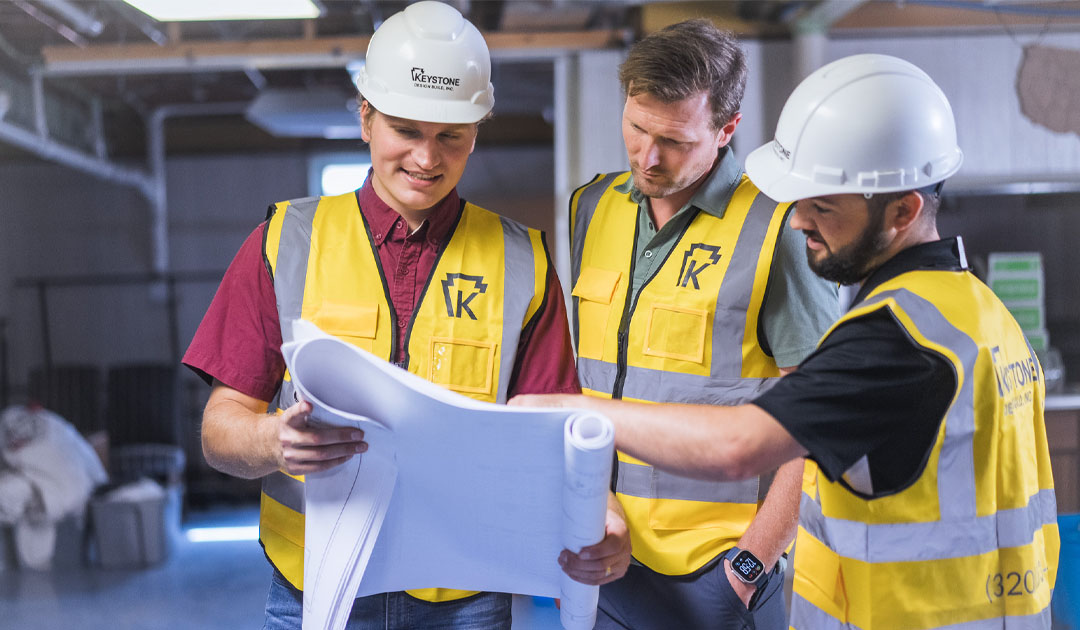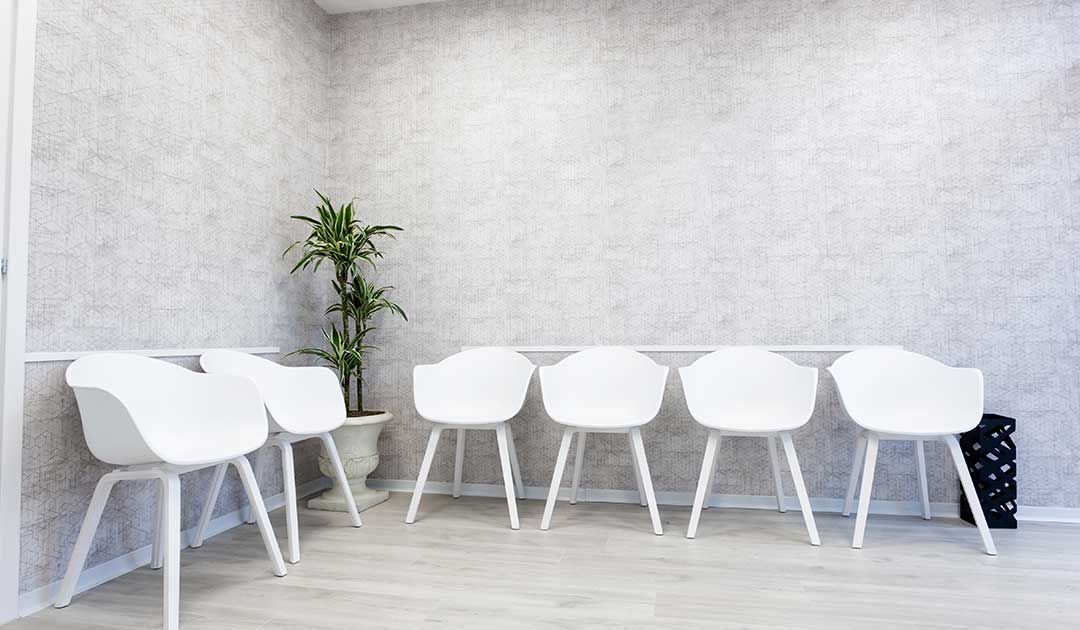Retail Center Construction Budgeting
Retail center construction costs are rising 5-7% in 2025, making strategic budgeting more critical than ever for developers and business owners.

Planning a retail center construction project requires careful financial preparation as construction costs are predicted to rise between 5% and 7% in 2025. Whether you're developing a strip mall, shopping center, or lifestyle retail complex, understanding the key budgeting considerations can mean the difference between a profitable investment and a financial setback.
The retail construction landscape has evolved significantly, with developers facing new challenges from supply chain disruptions, labor shortages, and fluctuating material prices. In-line store fit out costs average $155 per square foot nationally, up 4% year-over-year. Successfully navigating these complexities requires a structured approach to budget planning that accounts for both direct construction expenses and indirect costs.
Understanding Current Retail Construction Costs
Cost Per Square Foot Breakdown by Project Type
Strip malls are cost-effective for developers, with construction costs ranging from $290 to $385 per square foot. These smaller-scale developments typically include shared parking areas and basic landscaping, which helps control overall development costs.
Shopping centers require construction costs ranging from $335 to $480 per square foot. These larger developments must accommodate common amenities like elevators, public restrooms, and enhanced architectural features that create appealing customer experiences.
Premium lifestyle centers represent the highest tier of retail development, with construction costs ranging from $420 to $580 per square foot. These developments focus on creating destination experiences with high-end finishes, outdoor courtyards, and pedestrian-friendly designs.
In Minnesota and the Upper Midwest, retail construction costs typically fall in the middle range, benefiting from competitive labor rates and efficient permitting processes. Minnesota's construction market offers advantages including a skilled workforce, established supplier networks, and streamlined approval processes. Winter construction considerations and energy efficiency requirements specific to Minnesota's climate should be factored into budget planning.
Market Trends Affecting 2025 Budgets
Material prices continue to rise in 2025, with steel rebar priced at approximately $912 per ton, reflecting ongoing supply chain pressures. Labor market conditions add complexity, as the construction industry faces 396,000 job openings and wage increases averaging 4.4%. Elevated interest rates are increasing borrowing costs, requiring developers to implement more flexible financing structures and stronger supplier relationships.
Hard Costs vs Soft Costs in Retail Construction
Hard Costs Breakdown
Hard costs typically constitute 75% to 85% of the overall project budget, including all physical materials, labor, and equipment. Material costs represent 17.5% to 25% of total costs, covering structural steel, concrete, roofing systems, and interior finishes. Labor costs range from 18% to 35% of the project budget, with skilled trades commanding premium wages due to high demand.
Mechanical work is the largest cost category, consuming 19% of the total budget. These systems must handle varying customer traffic levels and extended operating hours that require consistent climate control and utility performance.
Soft Costs Planning
Soft costs constitute 8% to 12% of the total project budget and include non-construction expenses. Architecture fees generally cost up to 10% of the entire construction cost. Permit and regulatory costs vary by location, with urban areas typically generating higher costs. Project management services range from 3% to 8% of total construction costs.
Vendor and Miscellaneous Costs
Vendor costs account for 5% to 10% of your budget, including signage, technology infrastructure, security systems, and specialized equipment necessary for retail operations.
Key Factors That Impact Your Construction Budget
Location and Regional Considerations
Geographic location significantly affects retail construction budgets. Commercial construction costs range from $350 to $870 per square foot in premium Eastern markets like New York and Boston. Climate factors also impact costs, as extreme weather regions require additional structural reinforcements, specialized materials, and environmental protections.
Local labor availability varies dramatically between markets. Areas with high living expenses have higher labor rates, while rural areas may require importing skilled workers, adding travel and accommodation expenses.
Project Size and Complexity
Larger developments benefit from economies of scale but complex designs with unique features require additional engineering coordination. Many landlords offer Tenant Improvement Allowances that can significantly impact project economics, though these rarely cover complete build-out costs.
Modern retail developments increasingly incorporate mixed-use elements. Medical retail plazas require specialized infrastructure for patient accessibility and HIPAA compliance. Memorial retail centers need thoughtful design approaches that respect memorial services while maintaining commercial viability. These specialized applications require experienced construction partners who understand unique regulatory and operational requirements.
Smart Budgeting Strategies for Retail Centers
Value Engineering Opportunities
Strategic value engineering reduces construction costs without compromising quality. Material substitutions, such as high-quality vinyl flooring instead of natural stone, provide significant savings while maintaining aesthetic appeal. Implementing prefabrication and modular construction techniques reduces labor costs and speeds project completion.
Contingency Planning and Risk Management
Plan a 10–15% contingency buffer to account for unforeseen conditions and market fluctuations. Change order management requires clear communication protocols to prevent scope creep. Regular budget reviews enable early identification of potential cost overruns and proactive adjustments.
Financial Planning and Budget Control
Securing Project Financing
Current market conditions require careful consideration of financing options. Elevated interest rates in 2025 are increasing borrowing costs, putting pressure on project budgets. Construction loans, permanent financing, and equity partnerships each offer different advantages depending on project scale and developer experience.
Cash flow planning becomes critical when managing large retail construction projects. Coordinating construction draws with project milestones ensures adequate working capital while minimizing interest carrying costs.
Working with Design-Build Partners
Design-build delivery methods provide cost advantages through integrated project delivery and single-source accountability. This approach enables early contractor involvement in design decisions, value engineering opportunities, and streamlined communication that reduces both costs and construction duration.
Keystone Design Build specializes in retail construction projects and understands the unique requirements of retail developments. Our integrated approach combines architectural design, engineering, and construction services to deliver projects on time and within budget while maintaining the highest quality standards.
Ready to start planning your retail center project? Contact Keystone Design Build today for a comprehensive budget consultation. Our experienced team will help you develop accurate cost projections, identify value engineering opportunities, and create a strategic approach to your retail construction investment. With our design-build expertise and commitment to transparent communication, we'll ensure your project achieves both your financial and operational objectives.
Visit keystonedb.com or call our team to schedule your complimentary project consultation and take the first step toward your successful retail development.







